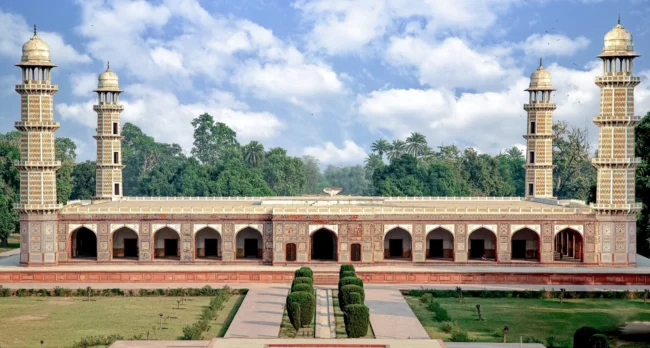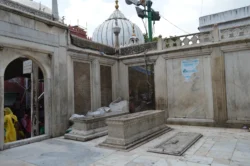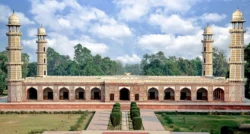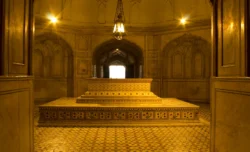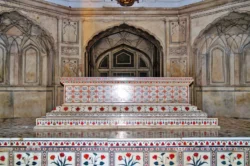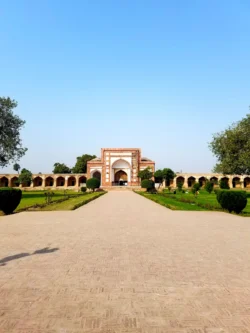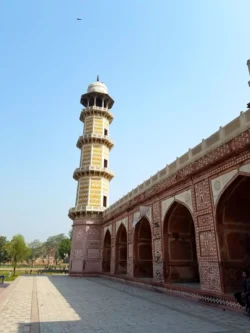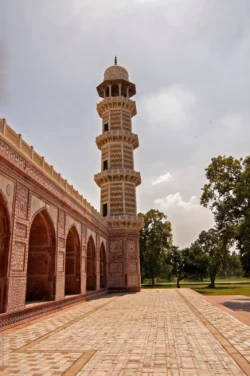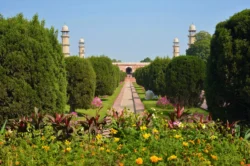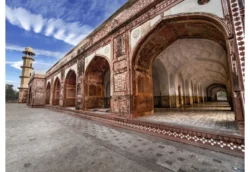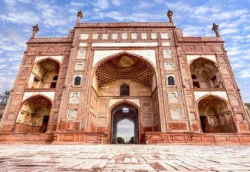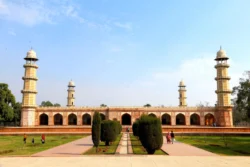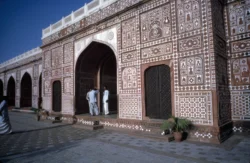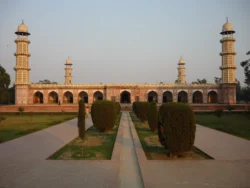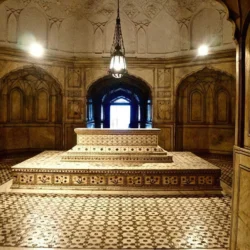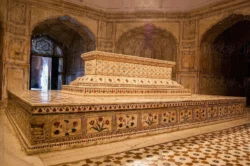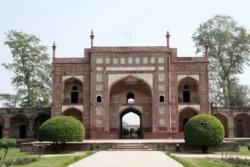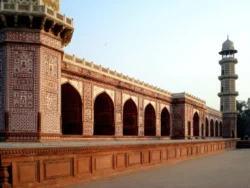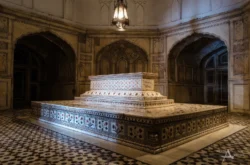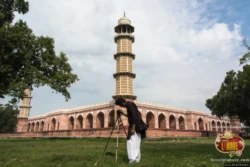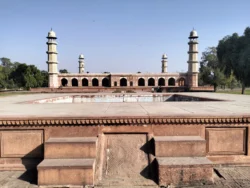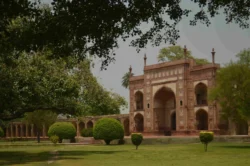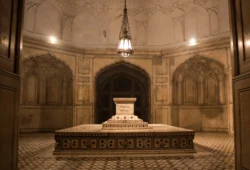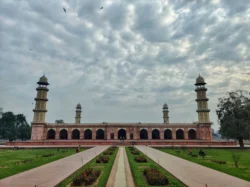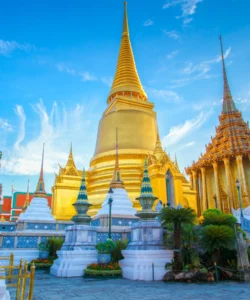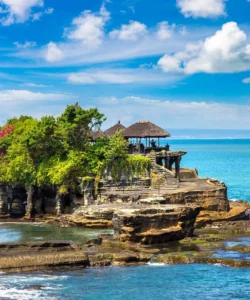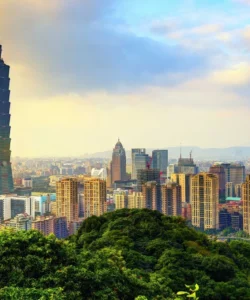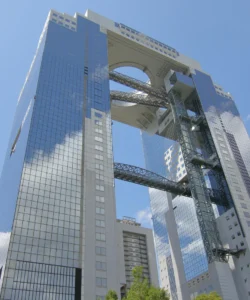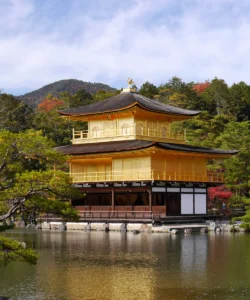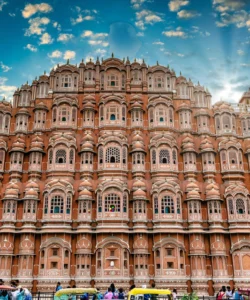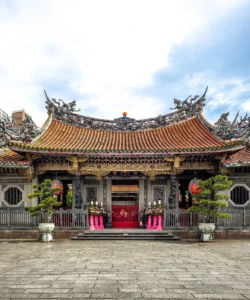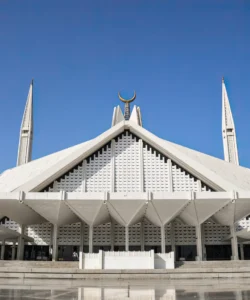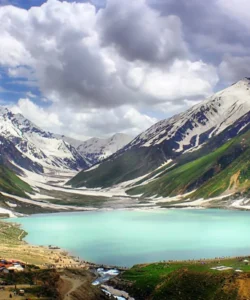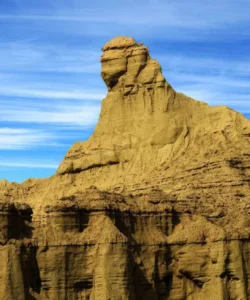Jehangir’s Tomb (also spelled Jahangir’s Tomb) is a magnificent Mughal mausoleum located in Lahore, Pakistan. It serves as the final resting place of the fourth Mughal Emperor, Nur-ud-din Muhammad Salim, popularly known as Jahangir, who ruled the Mughal Empire from 1605 to 1627 CE. The tomb is a remarkable example of Mughal architecture, known for its intricate detailing and lush garden setting.
Name: Jehangir’s Tomb (Urdu: مقبرہ جہانگیر, Maqbara-e-Jahangir)
Address: Shahdara Bagh, Lahore, Punjab, Pakistan. It is situated on the banks of the Ravi River, approximately 7-8 kilometers northwest of the historical Walled City of Lahore, near other important Mughal structures like the Akbari Sarai and the Tomb of Asif Khan.
How to Get There:
Jehangir’s Tomb is a significant historical site and is accessible from various parts of Lahore.
- By Air: The closest airport is Allama Iqbal International Airport (LHE) in Lahore. From the airport, it’s about a 30-45 minute taxi or ride-hailing (Careem, Uber) trip to the tomb.
- By Train: Lahore Railway Station is well-connected to major cities within Pakistan. From the station, the tomb is about 8-10 kilometers away, a short 20-30 minute ride by rickshaw or taxi.
- By Road: Lahore has a well-established road network. You can reach the tomb using public transport like buses, rickshaws, and taxis. Ride-hailing apps like Careem and Uber are widely available.
- Walking: While parts of the complex are walkable, the entire Shahdara Bagh area is quite spread out, so some form of transport is usually needed to reach the main tomb from the entrance.
- Entrance Tickets: There is typically an entrance fee for the tomb. Dress modestly out of respect for the historical and religious nature of the site. Comfortable walking shoes are recommended as you’ll be exploring a large garden complex.
- Best Time to Visit: The cooler, dry months from October to March are ideal for visiting, as Lahore experiences very hot summers. Early morning or late afternoon visits are recommended to avoid crowds and enjoy cooler temperatures and better light for photography.
Landscape and Architecture:
Jehangir’s Tomb is a testament to the refinement of Mughal architecture, embodying elements of Persian and Timurid styles, and is set within a meticulously planned garden.
- Charbagh Garden (Bagh-i Dilkusha): The mausoleum is situated at the center of a vast, classical Charbagh (four-part) garden, known as Bagh-i Dilkusha (Garden of Contentment). This Persian-style garden is divided into four equal quadrants by paved walkways and two bisecting central water channels, symbolizing the four rivers of Paradise in Islamic tradition. It features numerous fountains and pools, enhancing the tomb’s aesthetic and spiritual significance. The entire garden complex covers approximately 55 acres.
- No Dome (Unique Feature): Uniquely for a Mughal imperial tomb, Jehangir’s Mausoleum lacks a grand dome. This is often attributed to Jahangir’s explicit instructions or his adherence to certain Sunni burial traditions, which sometimes preferred tombs open to the sky. Instead, it features a flat roof, blending Sunni traditions with imperial grandeur.
- Single-Storied Platform Structure: The mausoleum itself is a single-storied square structure, built on a large, high elevated platform (approximately 22 feet or 6.7 meters high). This platform is arcaded on all four sides, creating a sense of lightness and elegance.
- Four Octagonal Minarets: Four elegant octagonal minarets rise approximately 30.5 meters (100 feet) high from each corner of the mausoleum’s square platform. These minarets are adorned with chevron patterns of pink and white marble and intricate stone inlays, and each is crowned with a marble cupola (chhatri). Their use reflects a renewed interest in Timurid architecture during Jahangir’s reign.
- Red Sandstone and Marble Inlay (Pietra Dura): The exterior of the mausoleum is constructed primarily from red sandstone, richly inlaid with white marble motifs in intricate floral patterns, geometric designs, and calligraphic verses. The extensive and exquisite use of pietra dura (parchin kari), involving semi-precious stones (agate, jasper, lapis lazuli) cut and fitted seamlessly into marble, is a major highlight.
- Exquisite Interior Decoration: The interior of the mausoleum is just as elaborate as its exterior. Vaulted compartments and walls are extensively embellished with Mughal-era frescoes featuring vibrant floral and geometric patterns. Carved jali screens (perforated marble screens) filter natural light into the chambers, creating an interplay of light and shadow.
- The Cenotaph: At the heart of the mausoleum lies the cenotaph, a masterpiece of white marble inlay work. It is inscribed with the 99 Names of Allah and Persian calligraphy, including the date of Jahangir’s death. The actual tomb is in a crypt directly below.
- Associated Structures (Shahdara Bagh Complex): The larger complex in Shahdara Bagh includes:
- Akbari Sarai: A large caravanserai (inn for travelers) located to the west, serving as a forecourt (chowk-i jilo khana) to the mausoleum complex. It features over 180 cells and a small mosque.
- Tomb of Asif Khan: Located adjacent to Jahangir’s Tomb, this octagonal brick tomb with a bulbous dome belongs to Asif Khan, Jahangir’s brother-in-law and father of Mumtaz Mahal (for whom the Taj Mahal was built).
- Tomb of Nur Jahan: The tomb of Jahangir’s powerful wife, Empress Nur Jahan, is also nearby, though it suffered more extensive damage over time.
What Makes It Famous:
- Exquisite Mughal Architecture: Jehangir’s Tomb is renowned for its exquisite Mughal architecture, particularly its intricate pietra dura inlay work, vibrant frescoes, and the harmonious blend of red sandstone and white marble. It’s considered a gem of Mughal artistry in Pakistan.
- Absence of a Dome: It is famous for its unique lack of a grand dome, a deliberate choice possibly reflecting Sunni burial traditions or Jahangir’s personal preference, setting it apart from other major Mughal funerary monuments like the Taj Mahal and Humayun’s Tomb.
- Lush Charbagh Garden: The sprawling and meticulously laid out Persian-style Charbagh garden surrounding the tomb contributes significantly to its beauty and serene ambiance, providing a heavenly setting for the mausoleum.
- Rich Interior Embellishments: The interior of the tomb, with its detailed frescoes and elaborate marble inlay work, is a testament to the high level of craftsmanship achieved during the Mughal era.
- Historical Significance: As the resting place of the fourth Mughal Emperor, the tomb holds immense historical importance, reflecting the artistic and cultural patronage of Jahangir’s reign and witnessing centuries of Mughal, Sikh, and British history.
- Part of a Larger Ensemble: The tomb is part of an ensemble that includes the Akbari Sarai and the Tomb of Asif Khan, creating a broader historical complex that offers a glimpse into various aspects of Mughal imperial life and funerary practices.
- Tentative UNESCO World Heritage Site: The Tomb of Jahangir, along with the Akbari Sarai and the Tomb of Asif Khan, is currently on the tentative list for UNESCO World Heritage status, recognizing its outstanding universal value.
Differences from Some Other Wonders:
- No Dome: This is the most striking difference. Unlike Humayun’s Tomb (which pioneered the double dome) or the Taj Mahal (the pinnacle of dome-crowned mausoleums), Jehangir’s Tomb was deliberately built without a dome, giving it a flat roof and a unique silhouette among imperial Mughal tombs.
- Emphasis on Inlay and Fresco (vs. Structural Grandeur): While it’s grand, its fame is often more focused on its exquisite interior frescoes and pietra dura inlay work and less on monumental structural innovations or overwhelming scale compared to the Taj Mahal.
- Red Sandstone Dominance (for base structure): Similar to Humayun’s Tomb, it prominently features red sandstone for its main structure, with white marble used for inlay and minaret accents, a balance different from the pure white marble dominance of the Taj Mahal.
- Associated with a Caravanserai: The presence of the large, well-preserved Akbari Sarai (caravanserai) directly adjacent to the tomb complex is a unique feature, indicating its historical role as a resting place for travelers and caretakers and providing a different contextual setting than just a standalone tomb or fort.
- Built for an Emperor (Jahangir): While the Taj Mahal was built for an empress by her loving husband, and Humayun’s Tomb for an emperor by his wife, Jehangir’s Tomb is a monumental resting place for the emperor himself, reflecting his personal preferences (like the open-to-sky burial tradition) despite the imperial grandeur.
- Later Period of Mughal Architecture: While Humayun’s Tomb is a precursor (16th century) and the Taj Mahal a culmination (mid-17th century), Jehangir’s Tomb (early-17th century) represents a specific phase of Mughal architecture that begins to move towards the greater use of marble and more delicate inlay work that would define Shah Jahan’s reign.
Jehangir’s Tomb Photos:
